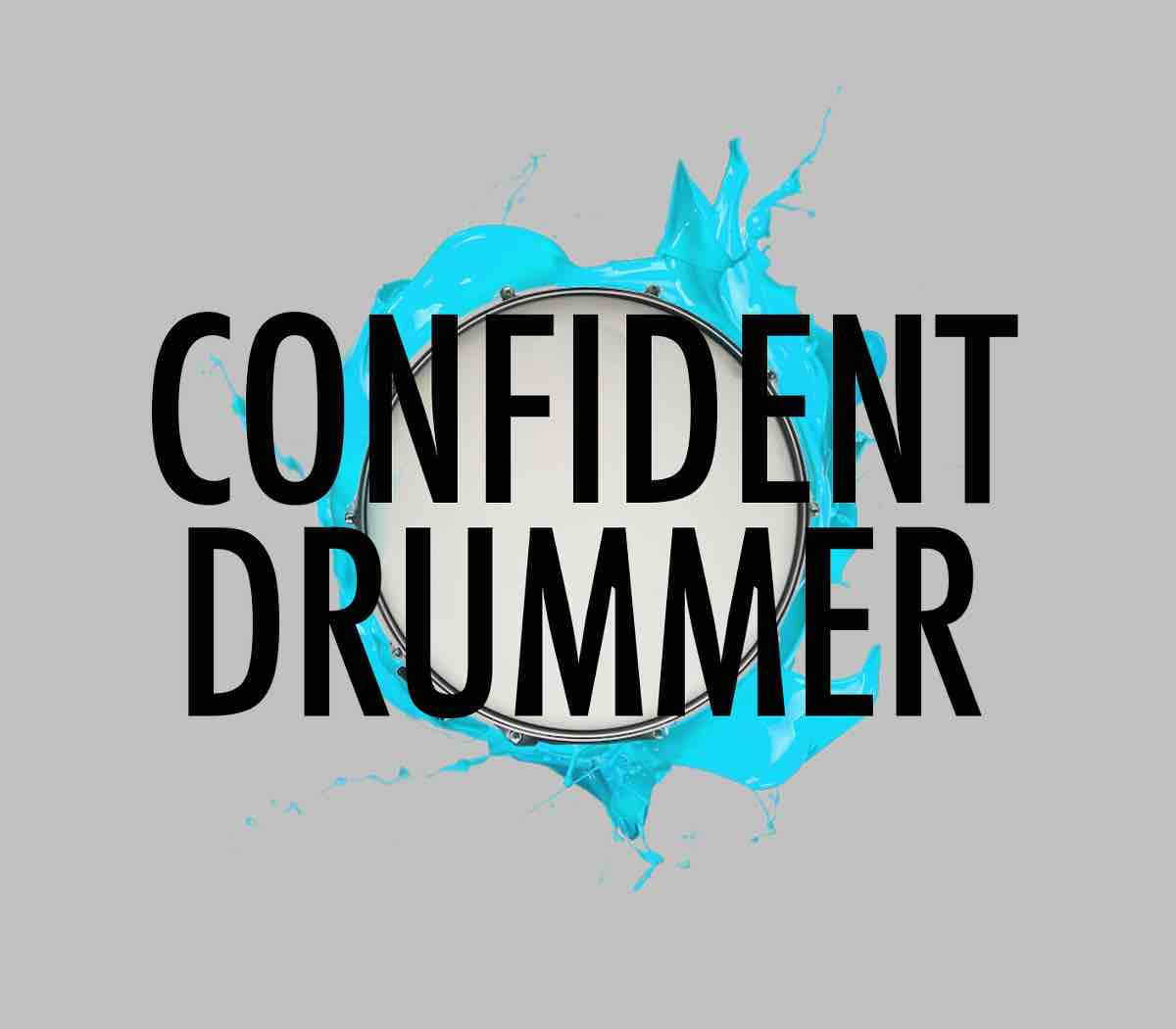As explained in the study ‘5 Ways To Interpret A Drum Chart‘, Rhythmic interpretation is the essence of being creative drummers, and is about transposing rhythmic figures all over the Drum Set, in a musical fashion.
In this lesson we are going to check out a number of effective techniques and solutions that will help us do that, starting with very simple ones, and going through gradually more advanced solutions.
We are going to use just one measure with sixteenth note figures, and practice it with a series of interpreted workouts, transcribed note for note.

The studies are organized in two categories:
- Interpretation as phrases and fills.
- Interpretation as rhythms.
The principles used in each interpretation case are easy to grasp and can quickly and effortlessly be extended to any idea we want to develop.
As far as phrasing goes, the most basic technique is to play alternating single strokes and accent the figures.
Then, in order to create lots of interesting and diverse combinations we are going to use mainly orchestration techniques and stickings, which, though still adhering to the underlying idea, are going to let us add our creative contribution. We will discover a dozen solution for each category.
Next we move on to exploring the option of turning rhythmic figures into grooves.
In this case the basic approach entails building a beat starting with the cymbal: as a first step we just keep time in the main subdivision underlying the reading exercise we are interpreting.
Then we can proceed in two ways. The most intuitive is the one based on adding a Backbeat on 2 and 4 on the Snare Drum, while we interpret the written notes by playing them with the Bass Drum.
A more advanced approach to this technique involves adding cymbal variations that become extra rhythmic layers on top of what Bass Drum and Snare are doing.
Alternatively, the Snare can be used as the main voice that executes the written notes, exchanging roles with the Bass Drum.
As we are going to see, these Snare Drum notes can even be orchestrated on the drums as we like.
You can download the PDF with the full lesson and all exercises and transcriptions here:
You can also click on each example in the PDF to access the related demonstration, or watch the full 8 minute YouTube video by clicking HERE.
Once we have learned the transcribed examples, as usual the idea is to extend this work to any other reading exercise, either from a book or created by us.
It’s important that we include different subdivisions, both binary and ternary.
The solutions demonstrated allow for plenty of variations, and can be combined in order to generate personal interpretation methods.
As soon as we have a good grasp of the shown examples we can proceed to transcribe ideas from our favorite songs and by our favorite drummers.
Once we have spent some time on those we will start noticing that we are able to interpret in real time, in the moment, directly from the rhythmic solfeggio and with no hesitation.
As always, after a few weeks working on these pages, and once we have explored all techniques, we can assess our level of proficiency by improvising and trying to utilize them in a musical context.
Because of the high number of variations available, which as complexity increases become very challenging to deal with in real time, after the initial learning phase the best way to figure out how to effortlessly interpret a drum chart is precisely to dive into long improvisations.
Let’s pick a phrase of our choice and interpret it freely until it becomes second nature and we can effortlessly create musical solutions that apply all we have learned, directly, while sticking to the boundaries defined by the rhythmic figures involved.
We can check out a few examples of this kind of free and improvisation based approach in the video demos at the end of the related lesson ‘5 Ways To Interpret A Drum Chart‘.
Related resources:
‘Interpretation & Arrangement’ – Altitude Drumming – Volume 9
‘Phrasing & Fills’ – Altitude Drumming – Volume 5
‘Groove Workout & Tools’ – Altitude Drumming – Volume 7




















